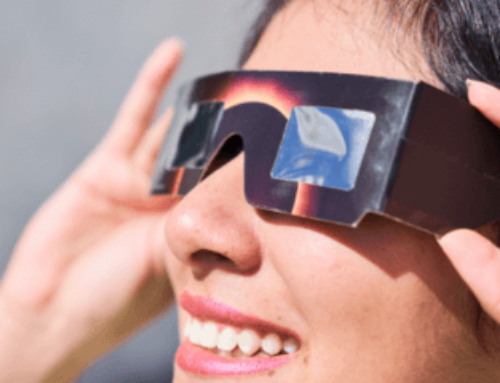FOR IMMEDIATE RELEASE
CONTACT: Lynn Celmer, 630-737-9700, ext. 9364, lcelmer@aasm.org
DARIEN, IL – A new study demonstrates a strong relationship between workplace daylight exposure and office workers’ sleep, activity and quality of life.
Compared to workers in offices without windows, those with windows in the workplace received 173 percent more white light exposure during work hours and slept an average of 46 minutes more per night. There also was a trend for workers in offices with windows to have more physical activity than those without windows. Workers without windows reported poorer scores than their counterparts on quality of life measures related to physical problems and vitality, as well as poorer outcomes on measures of overall sleep quality, sleep efficiency, sleep disturbances and daytime dysfunction.
“The extent to which daylight exposure impacts office workers is remarkable,” said study co-author Ivy Cheung, a doctoral candidate in the Interdepartmental Neuroscience program at Northwestern University in Chicago, Ill.
The research abstract was published recently in an online supplement of the journal SLEEP, and Cheung will present the findings Tuesday, June 4, in Baltimore, Md., at SLEEP 2013, the 27th annual meeting of the Associated Professional Sleep Societies LLC.
The study group comprised 49 day-shift office workers – 27 in windowless workplaces and 22 in workplaces with windows. Health-related quality of life was measured using the Short Form-36 (SF-36), and sleep quality was evaluated with the Pittsburgh Sleep Quality Index (PSQI). Light exposure, activity and sleep were measured by actigraphy in a representative subset of 21 participants – 10 in windowless workplaces and 11 in workplaces with windows.
According to the authors, the architectural design of office environments should take into consideration how natural daylight exposure may contribute to employee wellness.
“Day-shift office workers’ quality of life and sleep may be improved via emphasis on light exposure and lighting levels in current offices as well as in the design of future offices,” said Cheung.
For a copy of the abstract, “Impact of workplace daylight exposure on sleep, physical activity, and quality of life,”or to arrange an interview with Ms. Cheung or an AASM spokesperson, please contact AASM Communications Coordinator Lynn Celmer at 630-737-9700, ext. 9364, or lcelmer@aasm.org.
A joint venture of the American Academy of Sleep Medicine and the Sleep Research Society, the annual SLEEP meeting brings together an international body of more than 5,500 leading clinicians and scientists in the fields of sleep medicine and sleep research. At SLEEP 2013 (www.sleepmeeting.org) more than 1,300 research abstract presentations will showcase new findings that contribute to the understanding of sleep and the effective diagnosis and treatment of sleep disorders such as insomnia, narcolepsy and sleep apnea.
The American Academy of Sleep Medicine considers sleep disorders an illness that has reached epidemic proportions. Board-certified sleep medicine physicians in an AASM-accredited sleep center provide effective treatment. AASM encourages patients to talk to their doctors about sleep problems or visit www.sleepeducation.com for a searchable directory of sleep centers.








